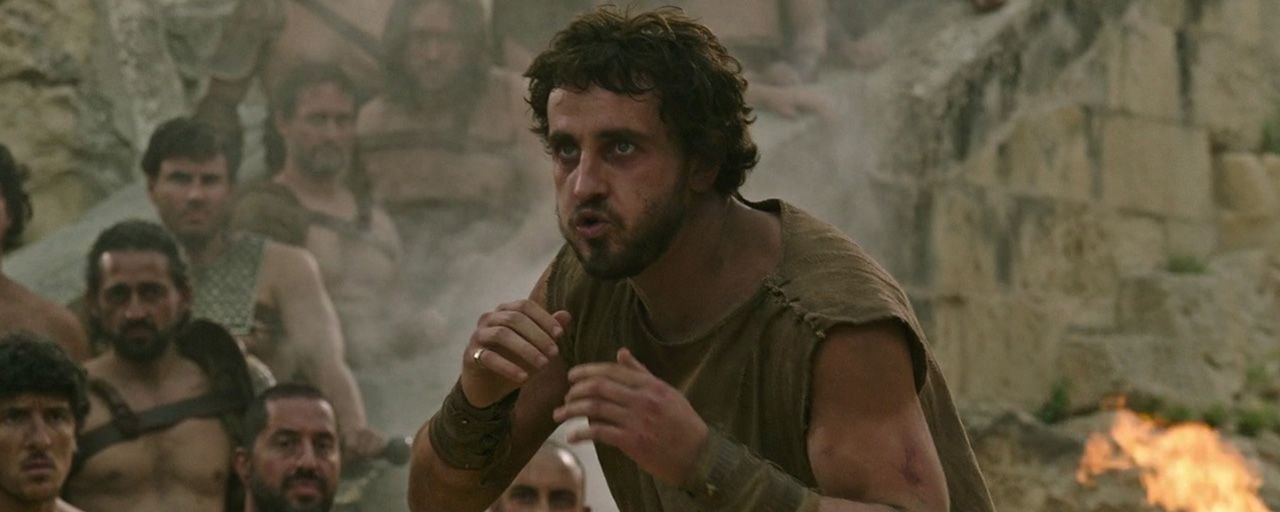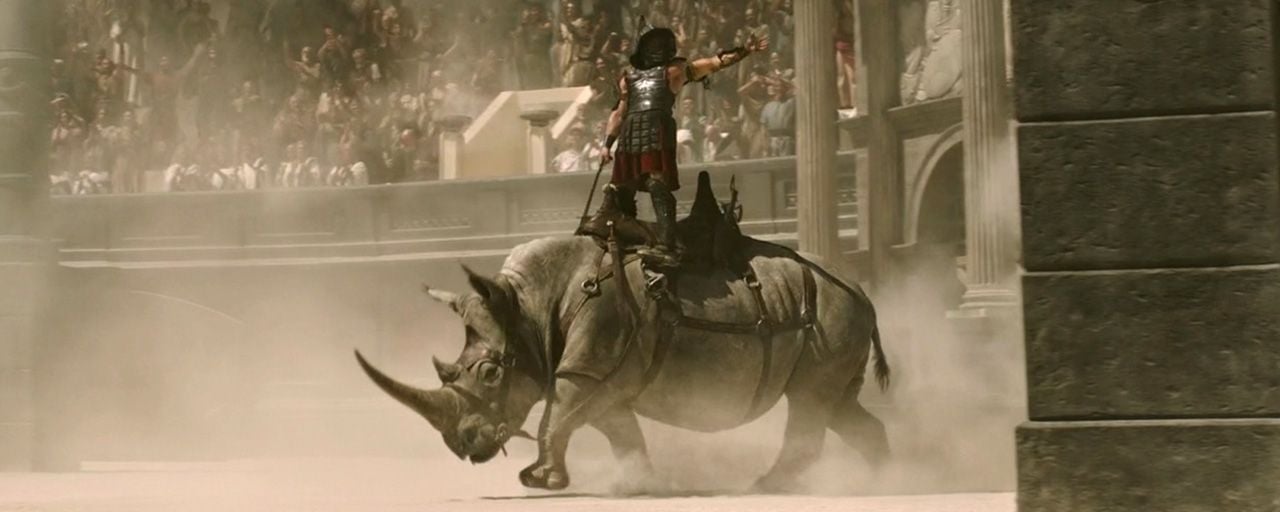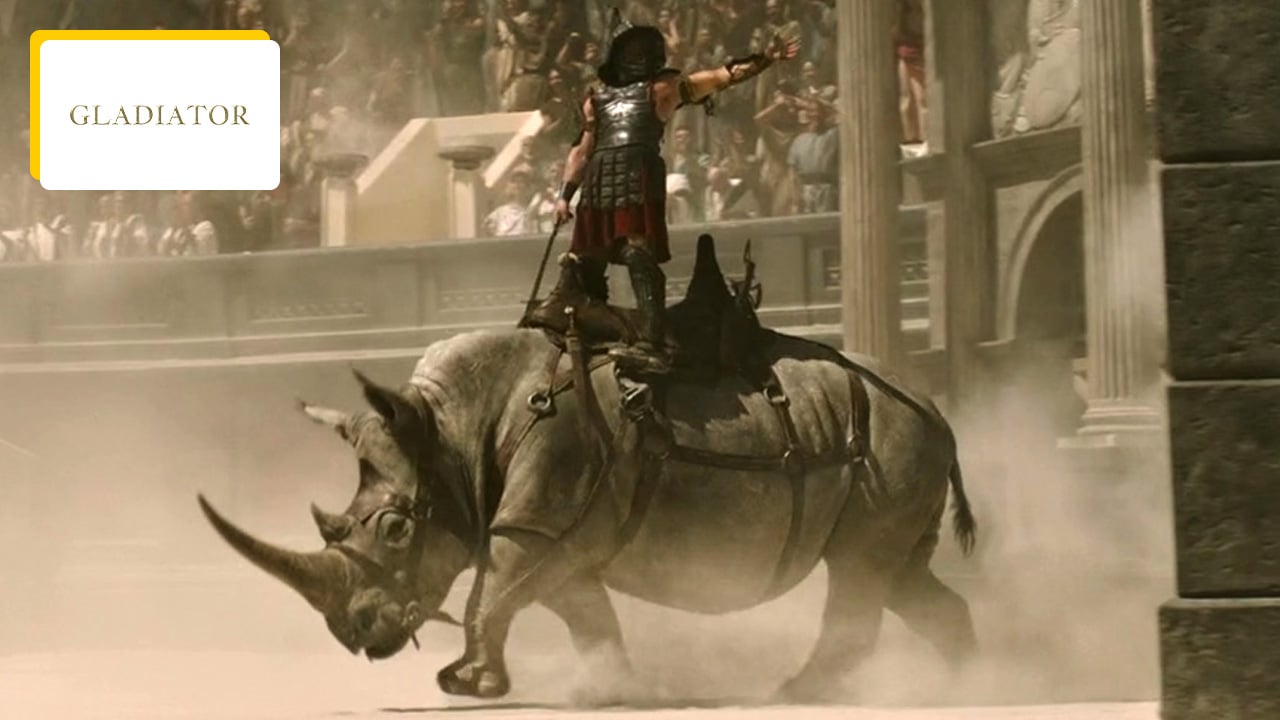With 1.26 million admissions in French cinemas in seven days of operation, Ridley Scott’s Gladiator II has already established itself as one of the major successes of 2024. Therefore, the return to the Coliseum begins under the best auspices of the director, even though the film. It’s not out yet in the US (it’s out there on November 27th, just in time for Thanksgiving).
Gladiator II takes place 16 years after the original film, which earned Russell Crowe an Oscar for Best Actor. After the deaths of Maximus and Commodus (Joaquin Phoenix), Lucius, played by Paul Mescal, is sent to Africa by his mother, Lucilla (Connie Nielsen). But when his country is conquered by the tyrannical emperors who rule Rome with an iron fist, he is forced to fight in the Colosseum. With rage at heart and the future of the empire at stake, Lucius must use his past to gain the power and honor necessary to restore Rome to glory.
The heyday of gladiatorial combat
Although a sequel has already been announced, we caught up with Jérôme Fran, professor emeritus of ancient Roman history, to talk about gladiatorial combat. After explaining why the sharks failed to enter the flooded Coliseum, he returns to the origins of these encounters and the challenges that created the real economy.
“Gladiator fights began during the Republic, in the 3rd century BC, or maybe even earlier. At first, these were fights that were organized during funerals. Very quickly, they turned into spectacles. The golden age of gladiators occurred under the Empire and it lasted throughout this period.
The construction of the Colosseum, around 80 AD, marks the peak of gladiatorial combat.
The construction of the Colosseum, around 80 AD, marks the peak. With an oval amphitheater and its complex mechanisms created especially for this show, the Coliseum becomes a real venue for gladiator fights, encounters with wild beasts and the execution of condemned men. This practice continued until the beginning of the 5th century. Basically, it was the spread of Christianity that put an end to these struggles. But at their peak they were the most popular hobby of the time.”

The historian adds that these shows were based on real economic organization:
“They included the maintenance of amphitheatres, the hiring and training of gladiators who could be prisoners of war, slaves, freedmen or even freemen in search of fame or money. There was also a whole trade associated with supplying animals.”
hunting animals
Indeed, the animals were important to the show. As early as 202 BC, Roman soldiers who landed in North Africa, a continent rich in wildlife, captured lions, hippos, crocodiles and giraffes to bring to Rome. These animals are used for public entertainment or during arena fights. Therefore, gladiators face other gladiators, but also wild animals. Those condemned to death were thrown to the lions.
Jérôme France comments:Hunting was organized in Africa, Egypt or even Germany, where bears were caught. These animals were then transported to Rome, where they were kept in tanks to preserve their condition. The emperor held the games mainly in Rome, but there were also games in the provinces where the great local aristocrats offered these games to their public.
This represented a real drain on the environment. Often, it was the army that controlled these expeditions. Inscriptions attesting to this practice have been found in Germany and eastern France.

Among them were animal fights, gladiators with animals. It is confirmed that there were convicts who supplied animals. But mostly gladiators fought mainly among themselves.
This represented a real drain on the environment.
It was a real organization. For example, in the Colosseum, we begin to explore all the mechanisms that can exist. There were propelled machines to raise the elevators so that the wild animals would appear in one place or another in the arena, depending on the entrances of the convicts or the gladiators… We know that the animals were taken into the amphitheater. The day of the show, but we don’t really know the specific organization of the shows.”
Animal and gladiator fights weren’t as common as Ridley Scott’s movie, but they still happened to entertain people.
Source: Allocine
Rose James is a Gossipify movie and series reviewer known for her in-depth analysis and unique perspective on the latest releases. With a background in film studies, she provides engaging and informative reviews, and keeps readers up to date with industry trends and emerging talents.




![Plus Belle La Vie Adher: What awaits you, on Tuesday 12, 2025, in 396 episodes [SPOILERS] Plus Belle La Vie Adher: What awaits you, on Tuesday 12, 2025, in 396 episodes [SPOILERS]](https://fr.web.img5.acsta.net/img/63/18/631898f05951ccd0e91722012122eaa4.jpg)

